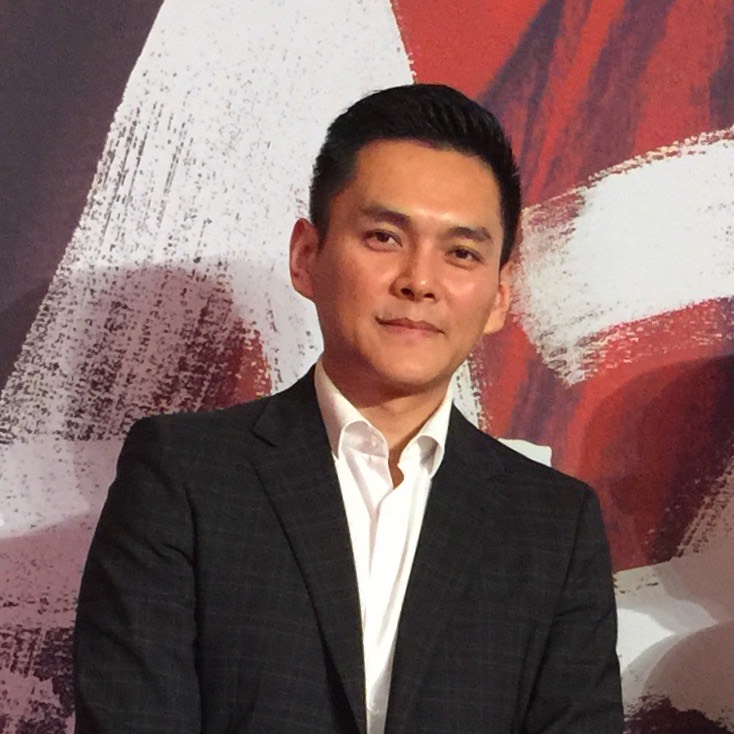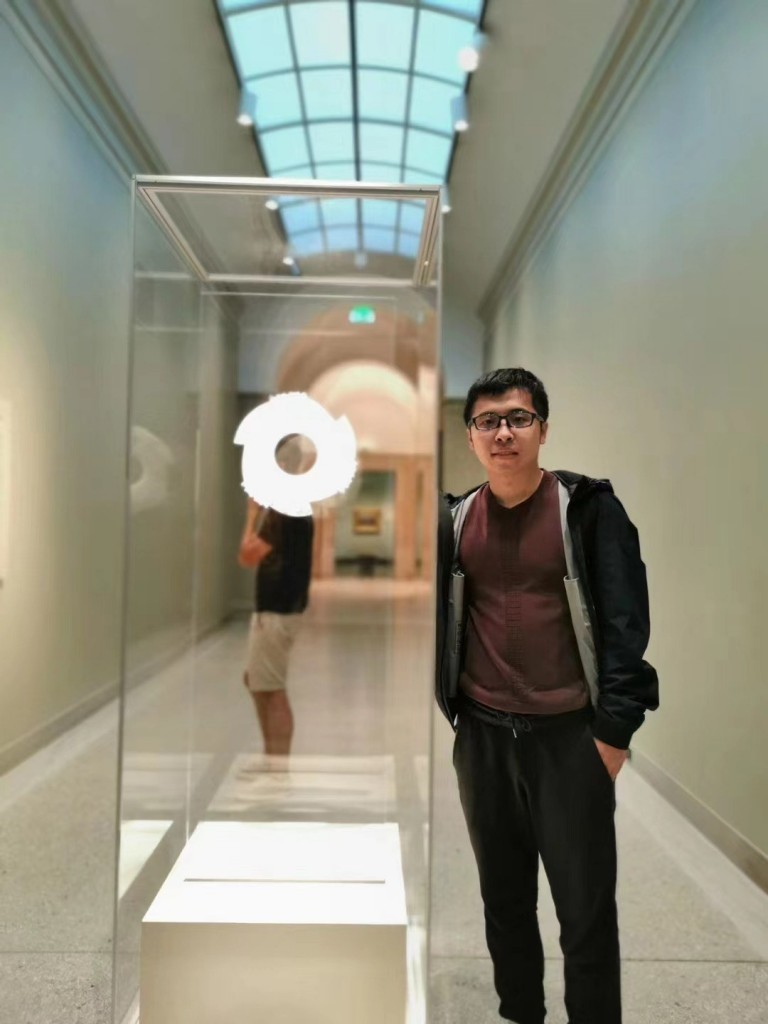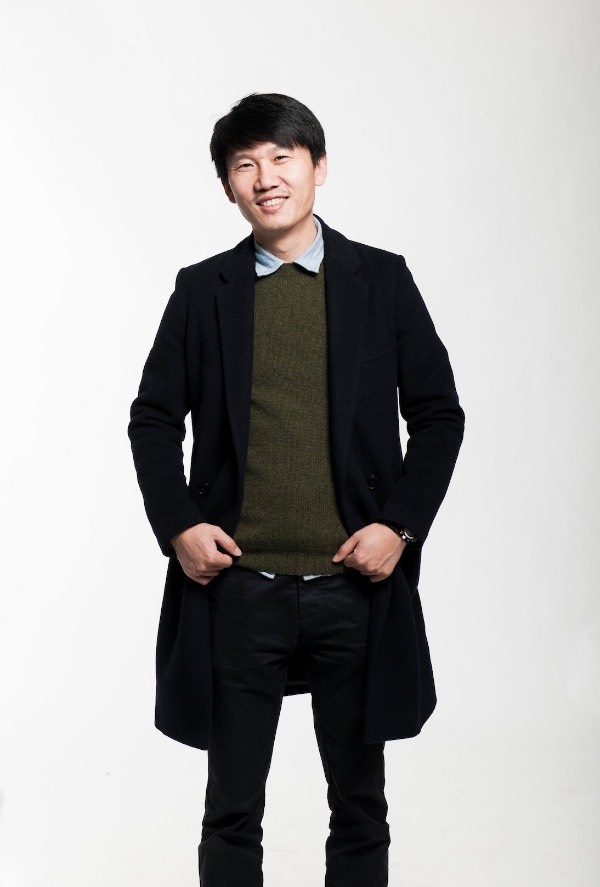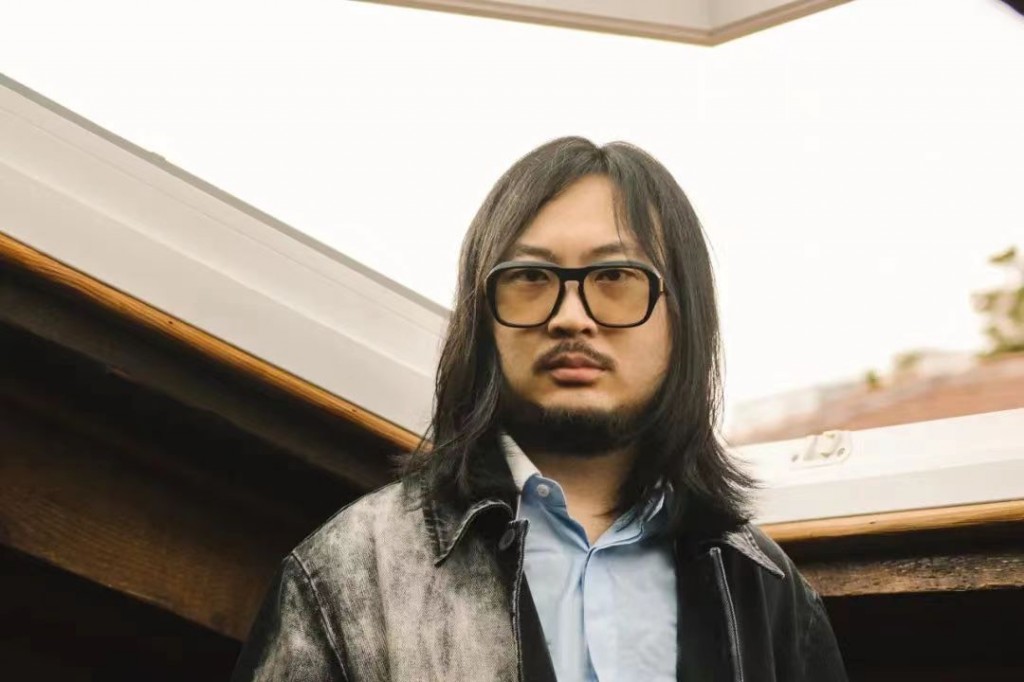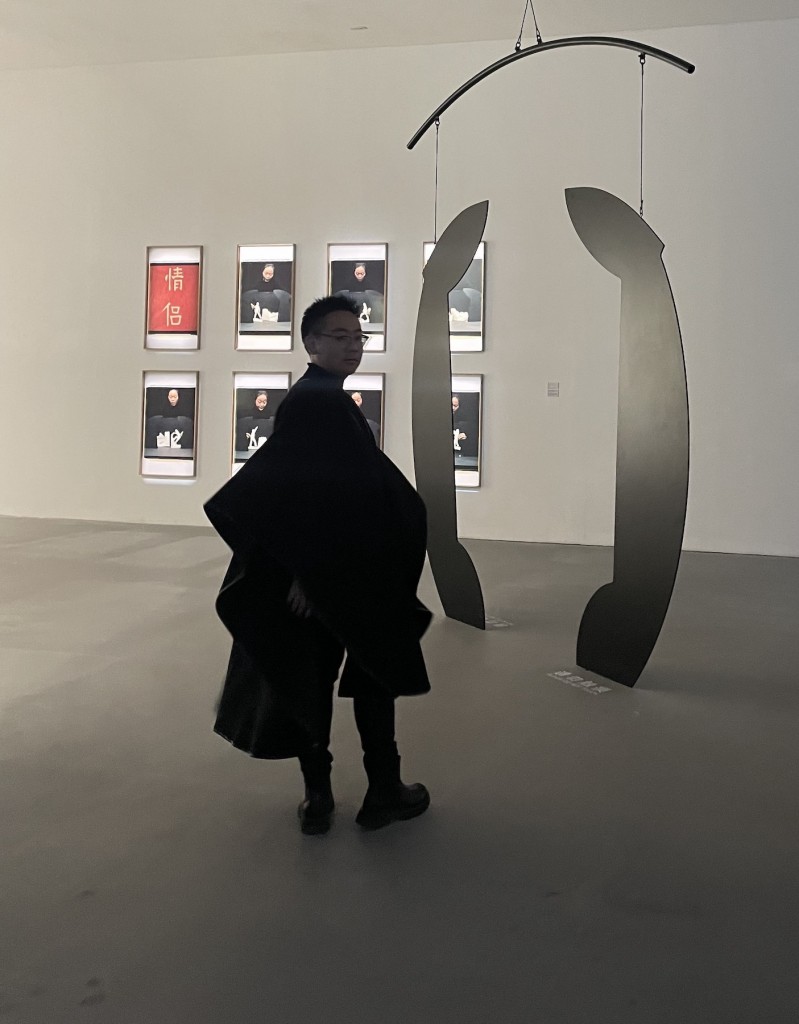Beijing, one of the cities leading the Chinese art market, is welcoming its first post-pandemic major art fair in 2023. Beijing Contemporary Art Expo is taking place from April 28 to May 1, 2023, in Hall 11 of the National Agricultural Exhibition Center. A grand reunion among art and the public, galleries and collectors, Beijing and the world. There is a diverse line-up of artists from 97 participating galleries covering 33 cities worldwide. Beijing’s major auction houses will also present previews of their spring auction works, along with many other art institutions, which come together to present a rich artistic landscape.
How do Chinese art collectors nowadays build their collection and adjust their collecting rhythm? What do they think about the Beijing art ecosystem? And what emerging artists are they keeping an eye on? How do they perceive the value of artwork when AI technology is gradually getting involved in visual content production? What institutions and artists are they looking forward to at this year’s Beijing Contemporary Art Expo? Five Chinese art collectors from different background share their thoughts with LARRY’S LIST.
Cheng Cheng
Co-Partner of Focus Media, Initiator of Paradise Cinema Charity Project
How did you start collecting art? What is your current collecting strategy?
I officially started collecting art in October 2020, the first time in my life to go to an auction. At that time, my father had passed away shortly after. He had previously worked in the arts and also had his own collection, so I wanted to continue the emotional connection with him and his love of painting, and to preserve the tradition of art collecting.
First of all, over 90% of my collection are Chinese artists from both generations of the 1970s and 1980s because I grew up with them and have similar educational background, upbringing, culture, beliefs and ways of looking at things, as well as understanding the world.
My collection covers paintings, installations, films and photography; and I admire artists whose narratives, expressions and worldviews are related to the development of the times, the changes in China, the environment we live in, and our personal experiences growing up.
What is a recent work added to your collection? Why did it attract you?
That is a recent work by Huang Yuxing I collected. It continues my series of Huang Yuxing’s paintings, including rivers, bubbles, and life histories. Huang Yuxing would depict the fleetingness, reincarnation and insignificance of life in his paintings, which also contain his philosophical contemplation on life. Although his works borrow many Western painting techniques, their roots are still influenced by traditional Chinese Confucianism, Buddhism and Taoism. I am attracted by his combination of Chinese and Western expressions, especially the idea of bubbles in his paintings, the sight of which reminds me of the exuberance of life, fleeting and transient.

Has the recent boom in the use of artificial intelligence technology, the popularity of AI mapping and other techniques made you think about the value and meaning of artwork in a new way?
Artificial intelligence and AI technology are only the “skill” side of art creation, while art is the “thinking” side. Art is about technology and tools, while Tao is about mind and philosophy. Although AI can replace the tools of production, art itself is not only a matter of productivity and production relations, but also a creative philosophical language, a language of sensibility, which cannot be replaced by AI and related technologies.
For AI-generated artworks, they can at most be regarded as derivatives of artistic intellectual property, or a tool for commercialization and popularization of art, but they cannot replace real art. I think the development of technology will make people respect art more and more and realize the scarcity of art and the importance of creativity.
What are your expectations for 2023 Beijing Contemporary Art Expo? How do you see the current art ecosystem in Beijing?
I am very much looking forward to Beijing Contemporary Art Expo 2023. Attending the Beijing Contemporary Art Expo has changed my perspective on contemporary art and enriched my horizons. I saw many good galleries and artworks there, while meeting many excellent artists, curators and art institutions. It offers a not-to-be-missed opportunity to learn about the current art ecosystem.
The art ecosystem in Beijing is excellent. Compared to other cities in China, Beijing has a collective atmosphere—artists often get together, and curators often communicate with each other.
Which piece or pieces will you be particularly interested in at the upcoming Beijing Contemporary Art Expo? Or do you recommend?
Personally, I would focus on the works of Xu Hongxiang, Xu Xiaoguo and Chi Qun. Xu Hongxiang’s works in the past two years and his upcoming major exhibition at Xie Zilong Museum in Changsha are worthy of attention. His works strongly reflect my personal interest in temporal reminiscence, interplay of time and space, and the exploration of local culture. Xu Xiaoguo’s works are very expressive, and some of his recent works have taken a great turn and breakthrough, which deserve attention and long-term observation.
Ji Shaowen
Co-Founder of W.one Space and Collector
How did you start collecting art?
I started collecting in my teens, and my earliest preference was for ancient porcelain and jade, mainly porcelain from the Tang and Song dynasties, which is my greatest joy and spiritual support in life. At present, I am collecting contemporary art which is totally different from the ancient logic but has the same spirituality. Collecting is like a key for me that guides me to explore different worlds and fields—this is the best way to satisfy my curiosity.
With the release of the travel policy in 2023, how has your collecting pace changed?
Just like before 2020, I started flying around the world in a cycle of auctions and fairs. I just went to Asian Art Week in New York in March, followed by the Hong Kong auction season in April, London in May, Paris and Basel in Switzerland in June …… After three years of buying through PDFs and looking at images, it feels even a little strange to suddenly be able to go back to the previews and see the objects again. Everything being back to usual may prompt you to collect more calmly and objectively. Now that I live in Europe, I am more careful to assess a work with a global perspective.
What kind of contemporary art do you collect? How would you match contemporary art with the antiques in your current collection?
I am very interested in contemporary art and have collected works by artists such as Friedrich Einhoff, Robert Bosisio, Hong Hao, and Yun Yongye. My criteria for choosing contemporary art is whether the work itself touches me, or whether the artist’s creative ideas inspire me in a new way, but can stand the test of time. I really like Hong Hao’s recent work made of old porcelain tiles in the project “Not One in a Million”. Although the materials are old, Hong Hao has given them a new spirituality and visual experience.
Any piece of ancient work that can be called a work of art has the quality of “transcending time”, and those that have survived the millenniums must have been the best back then. For example, this black-glazed plum vase from the Jizhou kiln of the Southern Song Dynasty in my collection is decorated with stars — a piece of ceramic art created by our ancestors with clay and fire nearly a thousand years ago, but even now it is still very fashionable. This is the concept that W.one Space has always wanted to convey – ancient does not mean old and decaying, and there is no border between ancient and contemporary, and the classic is always new.
What are your expectations for 2023 Beijing Contemporary Art Expo? How do you see the current art ecosystem in Beijing?
I have participated in all the Beijing Contemporary Art Expos, and I have seen it getting better and better, with more and more galleries participating, higher quality, and a more diverse crowd. I have lived in Beijing for a long time, and Beijing probably has the most complete art ecosystem in China, and there is no substitute for it anywhere else in a short period of time. As a collector, Beijing can satisfy any imagination and demand about collecting, and of course, there is a huge collectors’ group in Beijing, so it is convenient to meet friends for chit-chat.
Which artworks are you particularly interested in or do you recommend at the upcoming Beijing Contemporary Art Fair?
I would recommend Liu Guofu’s works. He is an artist I like very much and collect. His works are strong in traditional Chinese brush and ink; the picture is grand from a distance while the brush strokes are like a thousand universes when viewed up close, bringing richness. And his works have a strong sense of rhythm that brings emotions, either gentle and languid or majestic.
Cao Feng
Founder of 20c Gallery, Collector
How did you start collecting art? What is the current strategy for collecting?
I started collecting in 2012. I like many kinds of art, and I don’t stick to one style. I collect works with curatorial mindset in a variety of mediums, from easel paintings and sculptures to films and performance works.
What is one of your recent acquisitions? Why did it attract you?
I’ve always wanted to collect sculptures that create a feeling in the space, but I couldn’t find anything that fit. Until recently, I came across a small wall sculpture by Richard Deacon, which is made of ceramic and metal, and it was just right for me to collect.
How has the recent boom in the use of AI technology and the popularity of AI cartography influenced your perception on the value and meaning of artwork?
I believe that things with a “human touch” and a spiritual core are more and more precious in this era.
What are your expectations for 2023 Beijing Contemporary Art Expo? What do you think about the current art ecosystem in Beijing?
Beijing Contemporary Art Expo is a benchmark. I expect more diverse exhibitors and more excellent international galleries to come and play together. I think the art ecosystem in Beijing is simple and straightforward, but also breaking through and reorganizing within its limitations.
Which artist would recommend at the upcoming Beijing Contemporary Art Expo?
I would recommend Fanny Gicquel, whose live performance at a Berlin exhibition captivated me so much that I decided to collect it after seeing a few live images, and was her first collector.
Zhou Chong
Director of ArTy ReTro and ArTy ReTro Talents, Founder of “1690” art space
What is your current collecting strategy?
Some of my recent collections have been incorporated into the “Reboot” exhibition at 1690, which includes works by young artists represented by Tang Contemporary Art Center. It reflects my urgency to restart the exchange program between domestic and international art.
Recently, my collection is mainly focused on the works of young emerging artists who are currently in the limelight. Currently, major galleries and secondary markets are focused on discovering and promoting young emerging artists, and I am no exception, and my collection may also partially represent the current trend of emerging artists in the market.
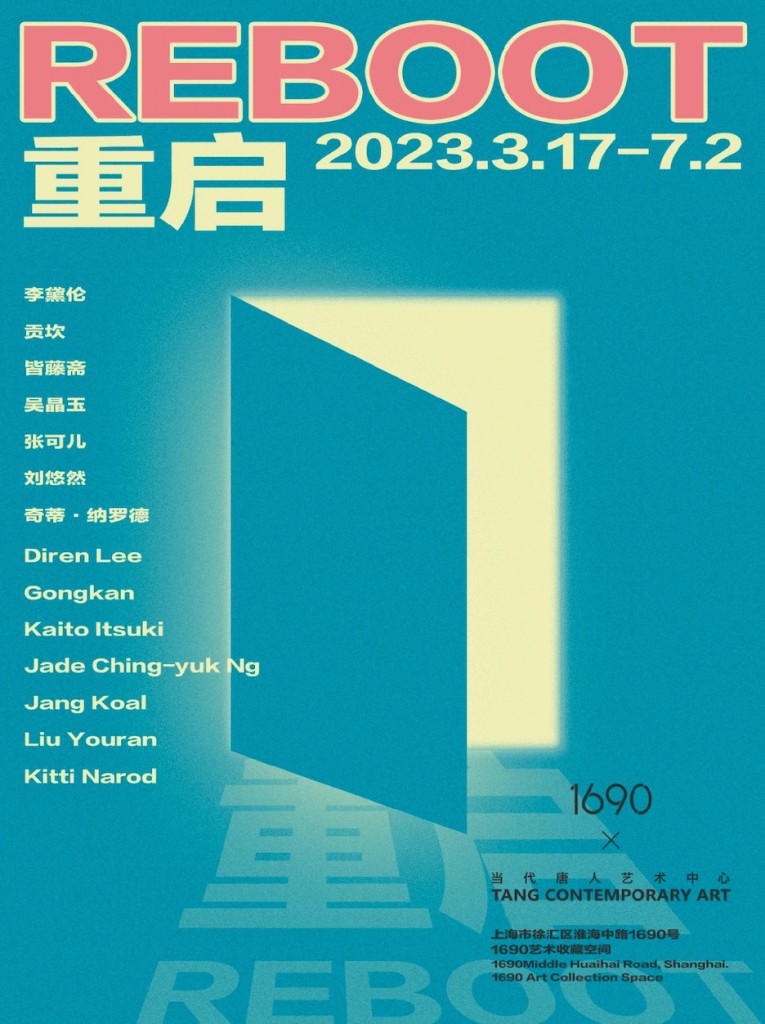
Your collection is especially focused on artists of the same generation and even younger. How do you determine if a young artist’s work is worth collecting? How does their work reflect the current zeitgeist?
My criterion for collecting young artists is that they must have their own artistic language and an established overall style. Tthe work must be able to bring a refreshing feeling and emotional value to the viewer. Young artists should be able to resonate with the prevailing human emotions of the current era, whether it be joy or sorrow. At the same time, their work needs to satisfy the aesthetic tastes of collectors.
What are your expectations for 2023 Beijing Contemporary Art Expo? How do you see the current art ecosystem in Beijing?
The theme of this year’s Beijing Contemporary Art Expo is “reunion”, which coincides with the “Reboot” I’m doing at 1690 Art Space. It is very important for people to get back together. Beijing’s art ecosystem has always been irreplaceable, with some of the best galleries, artist communities, and best secondary markets in China, as well as a large community of local collectors.
Liu Hanwen
Art collector
What are some of the works you have recently added to your collection? and the opportunity behind your collection?
I saw an Anicka Yi’s tempura fry piece at an art fair the year before last and was delighted, but I didn’t collect it. By coincidence, the tempura fritters series was shown again at Anicka Yi’s solo exhibition in Seoul last year, so I asked for another piece from the same series. Also, last year, I collected a work by American artist Shahryar Nashat from a new series called “Boyfriend.JPEG” that the artist had recently started to create. My thesis research in graduate school was based on Nashat and choreographer Adam Linder’s exhibition “Force Life/Shelf Life” at MoMA. I was working on my thesis when I stumbled on images of the exhibition on Instagram posted by Stuart Comer, curator of MoMA’s Media and Performance Art Department, and was impressed by Nashat’s work, the way it was presented, and the structure of the gallery. After I returned to China, I was introduced by a friend to Shahryar Nashat, represented by Gladstone Gallery, and inquired about the work.
Another work was by the artist duo Nathalie Djurberg & Hans Berg, whom I had been following since Nathalie Djurberg’s solo show at the Prada Foundation, and started looking for works by the artist duo after their Wing House exhibition, and finally found this one at Tanya Bonakdar Gallery. Satisfying.
Finally, Rachel Rose is also an artist I have been following for a long time, and this “Colore (1811) II” follows the logic of Rose’s work in “Enclosure”, in which the artist moves between the alchemical “knowable” and the “unknowable”.
What is your vision for your art collection?
I hope that my collection reflects contemporary social issues that have been overlooked, or perspectives that have been overlooked in discussions of universal topics.
How has the pace of your collection changed in 2023?
At the moment, the relaxed travel policy has not yet brought much change to my collecting style or my collecting rhythm. My own way of looking at works is still mainly based on electronic files. I think this way is very efficient because there are so many artists that I am interested in and wish to know about.
Which artists are you following lately?
I’m following Sarah Sze, who is having a solo show at Guggenheim and is an artist I’ve always loved. Among the many emerging artists, I really like the work of Wang Yuyu. Other artists I follow include Klára Hosnedlová, Brook Hsu, Lauren Halsey, Pol Taburet, Alexandra Noel, Cheng Qitianlin, Li Hedi, and many others.
What is the latest work in your collection? What attracted you to it?
The most recent work in my collection is Nicole Wermers’ “Untitled Stack”” a series of works by the artist in collaboration with the House of Paris, and the form of the work is probably derived from the artist’s Turner Prize nominated series “Untitled Chair”. I first saw “Untitled Stack” in the window of the Parisian store in Sanlitun, Beijing, and thought it was a very interesting display that fit perfectly with the brand’s seamy perspective on contemporary cultural phenomena. Wermers’ work is often concerned with the infrastructural aspects of modernism, a topic that interests me, but Wermers normalizes the macro-architectural systems of infrastructure to everyday neglected objects, and her work often reminds me of “The Politics and Poetics of Infrastructure” by Brian Larkin. I think it’s amazing that she organizes her work through an act of vulnerability or a semi-transparent language, and that she is able to make a difference.





